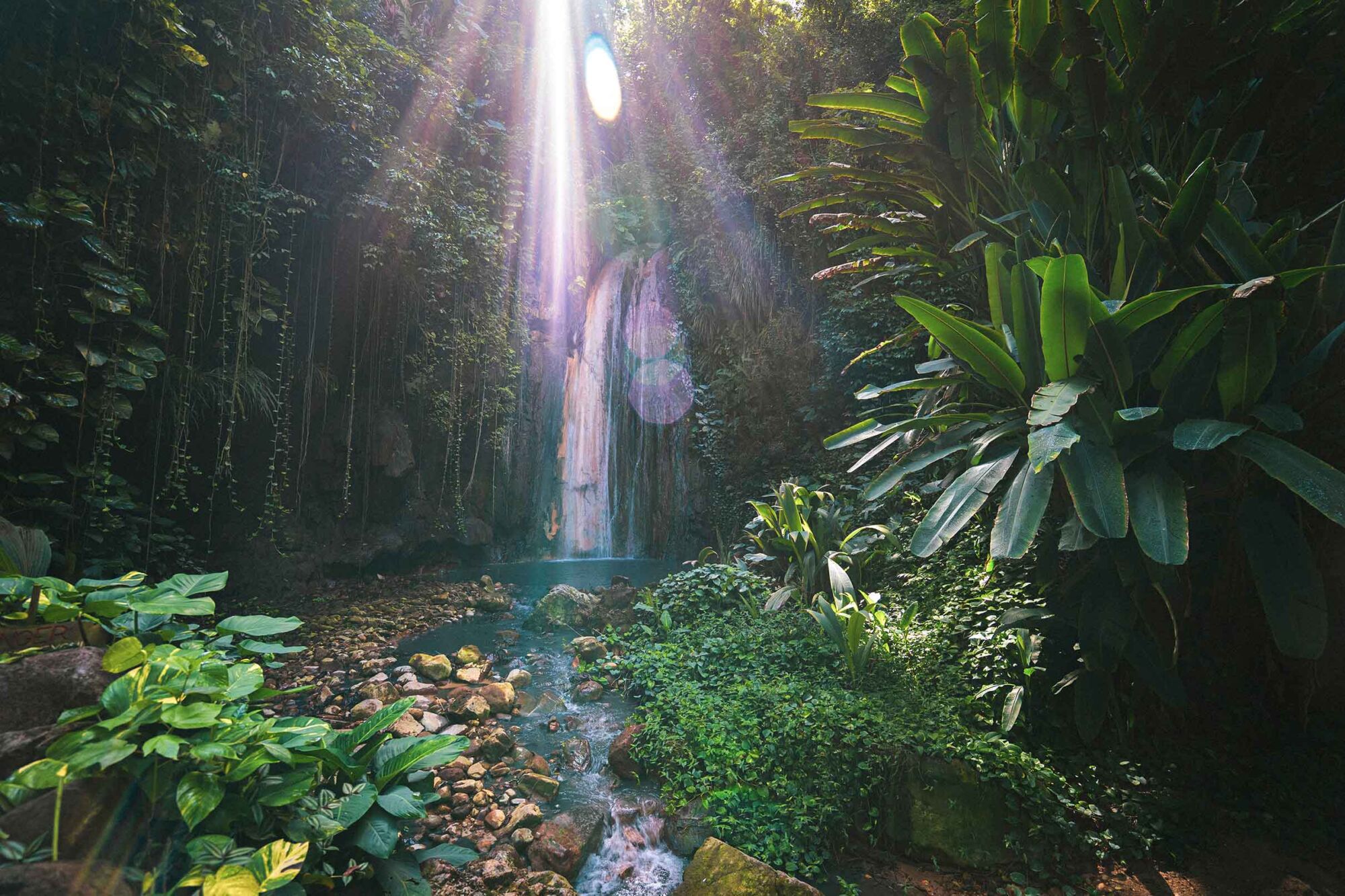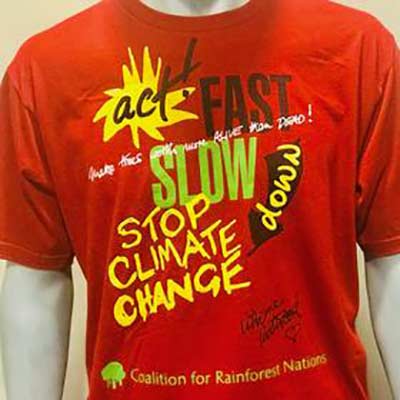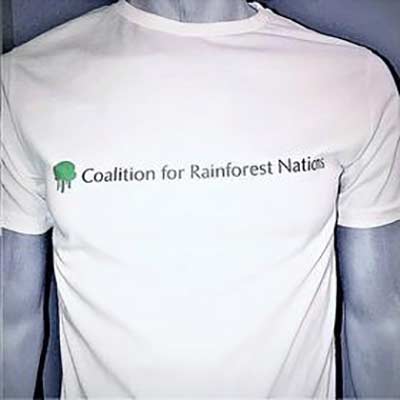
Saint Lucia Updates its Forest Conservation Baseline under REDD+
Saint Lucia Updates its Forest Conservation Baseline under REDD+
Saint Lucia is a member of the group of the Small Island Developing States (SIDS) located in the Caribbean. For its government, building stronger defenses to adapt to the climate emergency is key. The island’s steep volcanic mountains and gorgeous beaches are attractive to ecotourists. But there is much work to be done to strengthen its infrastructure for tourists and residents alike, including reinforcing roads and drainages against tropical storms. Participating in REDD+ helps slow and eventually stop deforestation, ensuring Saint Lucia’s lush forests continue their role as buffers against increasingly violent hurricanes.
CfRN’s team of experts is part of the solution. This January, with expert assistance from the RRR+ technical team, Saint Lucia updated its REDD+ document called its Forest Reference Level / Forest Reference Emissions Level, for 2021-2025, which can be seen here.
A national forest reference emissions level and/or forest reference level is one of the key elements to be developed by countries implementing the Reducing Emissions from Deforestation and Forest Degradation (REDD+) framework. REDD+ was negotiated under the United Nations Framework Convention on Climate Change to reward developing nations for slowing and stopping deforestation.
The FRL/FREL serves as a baseline from which the net balance of emissions and removals of greenhouse gas emissions by the island’s forests can be measured. Quantified in tonnes of CO2 equivalent per year, they are called REDD+ results. As a signatory of the Paris Agreement that is in the path of tropical storms, the Government of Saint Lucia has taken considerable measures to adapt to the climate emergency.
With the decline of the banana industry, Saint Lucia is transitioning from an agricultural economy into a more service and tourism-based economy. This transition is natural for the beautiful country. The mountains are home to unique misty cloud forests, while the valleys are inhabited by rare deciduous and semievergreen forests holding much of the island’s biodiversity.”
The new document updates the country’s FRL/FREL submitted in 2021. Saint Lucia’s participation in REDD+ aligns with its Paris Agreement goals and helps it obtain much-needed climate finance through the REDD+ mechanism.
By design, one of the strengths of REDD+ is that it helps governments align their institutions – like laws, government ministries, and policy incentives -- with the larger goal of preserving forests. Saint Lucia’s updated FRL/FREL is in line with the timeline of actions presented in major laws it outlines in the filing that are meant to help with adaptation. The updated filing makes the connection between forests and adaptation measures like “flood control, protection against storms, winds, rolling stones, floods and landslides, prevented soil erosion and land slippages, maintenance of water supplies in springs, rivers, canals and reservoirs, protection of roads, bridges, railways and other lines of communications and the preservation of health.”
The government adds a lovely grace note in recognition of CfRN’s experts. It acknowledges this latest submission “would not be possible without the assistance of the Coalition of Rainforest Nations. The Forestry Division would like to acknowledge the CfRN, especially Milena Nino, Marcial Arias and Lucila Balam, for their patience, handholding, training and advice in the production of this document.”
The CfRN team looks forward to further collaboration with Saint Lucia on their REDD+ journey.


